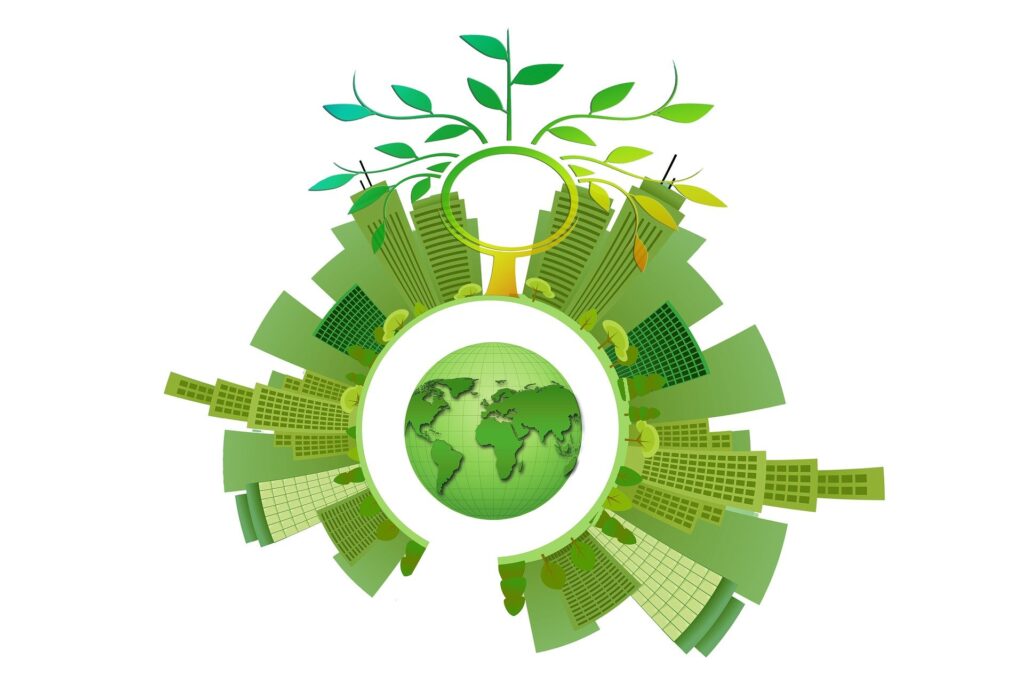The Carbon Disclosure Project (CDP) is a non-profit organization and popular reporting framework that companies use to disclose their environmental information to investors, employees, and consumers. CDP also recognizes companies for their environmental leadership with a scoring system that ranks companies from D- to A. CDP disclosure takes place on an annual basis, with submissions due in July. That said, it is never too early to start preparing for next year’s reporting season – the portal opens in April 2023. Reporting to CDP is voluntary, but companies can reap many benefits from participating, including increased accountability and transparency, improved reputation, and a better understanding of where you stand on corporate sustainability. In this article, we’ll explore how you can get the maximum benefits from your CDP disclosure.
The Key to Success: Acquire Quality Data
In order to successfully report to CDP and discover where your company stands with regards to ESG and sustainability, it is essential for you to have quality energy, sustainability, and utility data at your fingertips. Such data can be acquired either manually or automatically via software tools.
Manual data collection involves acquiring data from your utility company or meters, and/or using various emissions and waste calculators. Manual data collection has its drawbacks, however: It is time-consuming, prone to errors, and lacks complexity and detail. In addition, manually collected data is not automatically audited – your company will have to audit its own data for comprehensiveness and accuracy.
Automatic data collection, on the other hand, involves using an energy and sustainability management platform. The software collects and organizes your energy and sustainability data all in one place, providing you with actionable insights and analysis. Such platforms can also accurately calculate waste and emissions data and will automatically audit it for completeness and quality (more on this below).
Next Step: Audit Your Data
Before you use your data to report to CDP, make sure to audit it for comprehensiveness and correctness. If you have acquired your data via manual methods, you will either need to audit it yourself or outsource the task. If you have acquired your data through an energy and sustainability management platform, the platform should automatically audit your data for you, alerting you if there are any missing bills, incorrect taxes or fees, double bills, and more.
Auditing your data gives you a firm foundation to start on. If you go into CDP disclosure with incorrect or incomplete data, you risk getting a low score/ranking and getting incorrect information about where your company stands on the ESG/sustainability front.
General CDP Disclosure Tips
Once you have acquired your data and audited it for quality, you are ready to move on to the reporting stage. To get the most out of your CDP disclosure (and get a good ranking!) here are some tips to keep in mind:
- Make sustainability a central tenet of your organization. CDP measures companies on their environmental leadership. The best way to ensure you score well in this area is to integrate sustainability into your organization’s mission, its products or services, and its long-term business plan. Declare your commitment to sustainability and show your stakeholders how you will fulfill this commitment through tangible actions. Examples of such actions include implementing energy efficiency projects, offering employees incentives to reduce their energy use and waste, reducing packaging on your products, or making it recyclable, reducing emissions across your supply chain, and creating internal and external education content on sustainability.
- Gather all relevant information in preparation for reporting. Throughout the year, keep track of all useful information and store it in one place so that nothing is left out when you start disclosure. Foster collaboration between different sectors of your company so that those completing the disclosure have the information they need at their fingertips. You only get one shot at CDP disclosure per year – make it count.
- Use your CDP report as insight into your organization’s potential growth. CDP disclosure should not be something that you forget about after the reporting deadline passes. Rather, it should be used as a launch pad for sustainability and ESG initiatives. Use the feedback and information you get from your disclosure to determine what areas your company needs to work on.
How WatchWire Can Assist Your Company With CDP Disclosure
WatchWire is an integrated energy and sustainability management platform that can compile and analyze your sustainability, energy, and utility data, as described above. WatchWire also offers automated data auditing, a necessity for companies looking for high quality data to utilize in their reporting efforts. In addition, WatchWire integrates directly with CDP for seamless reporting.
To discover more about WatchWire and its capabilities, you can visit our website, blog, or resource library, request a demo, or follow us on LinkedIn, Instagram, or Twitter to keep up-to-date on the latest energy and sustainability insights, news, and resources.
 Top Sustainability Trends to Watch in 2025
Top Sustainability Trends to Watch in 2025

 Log In
Log In








